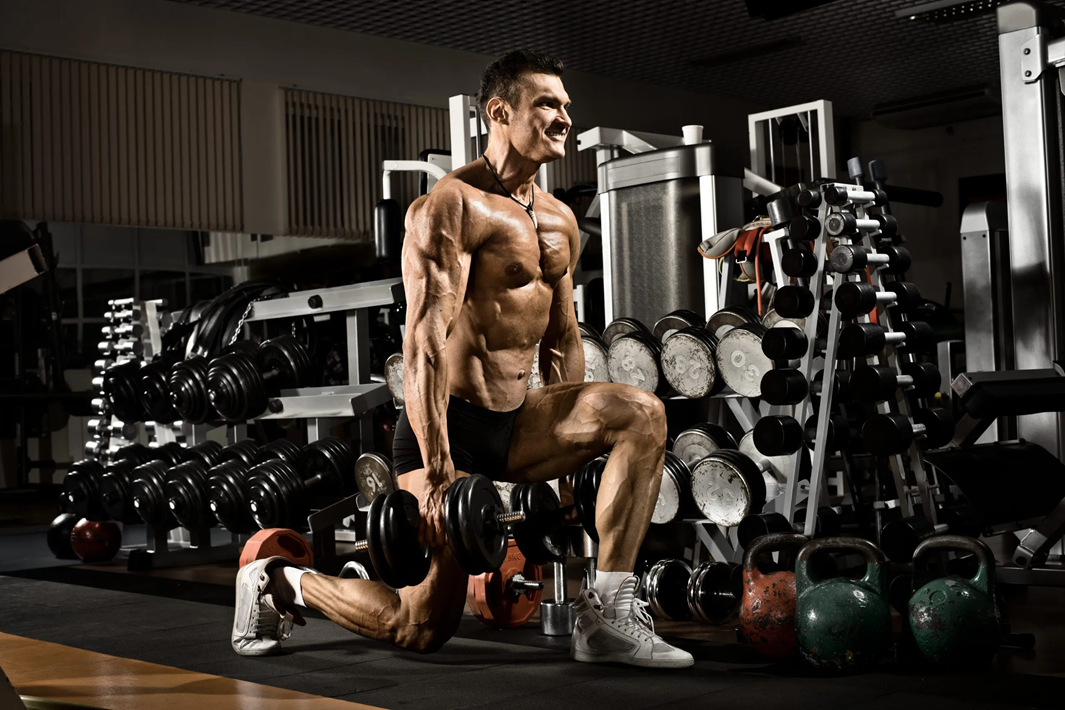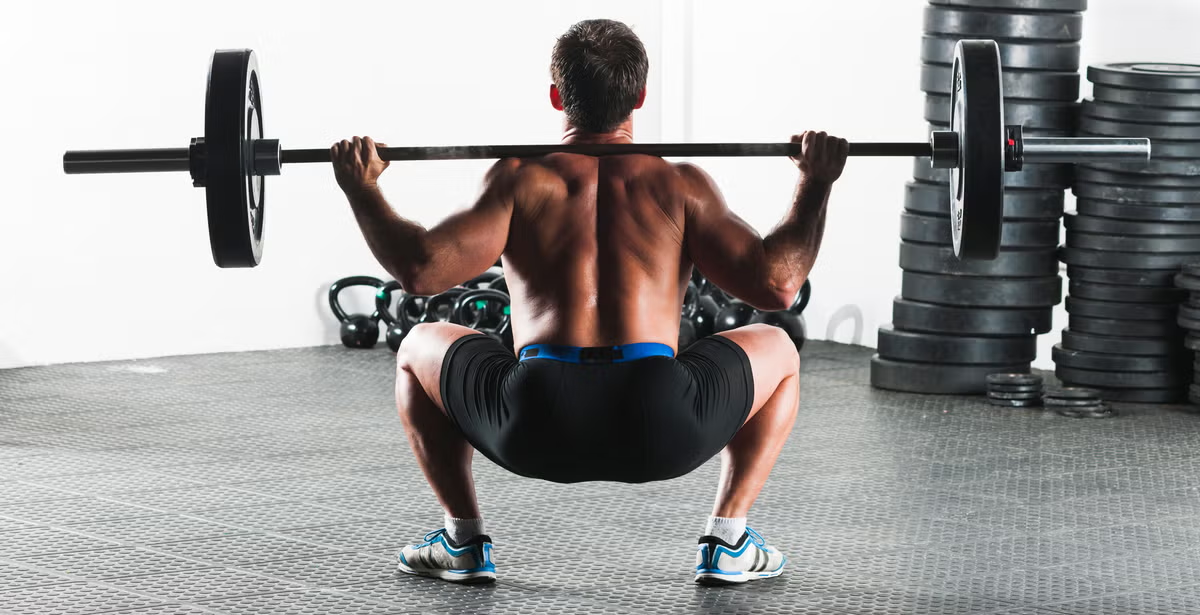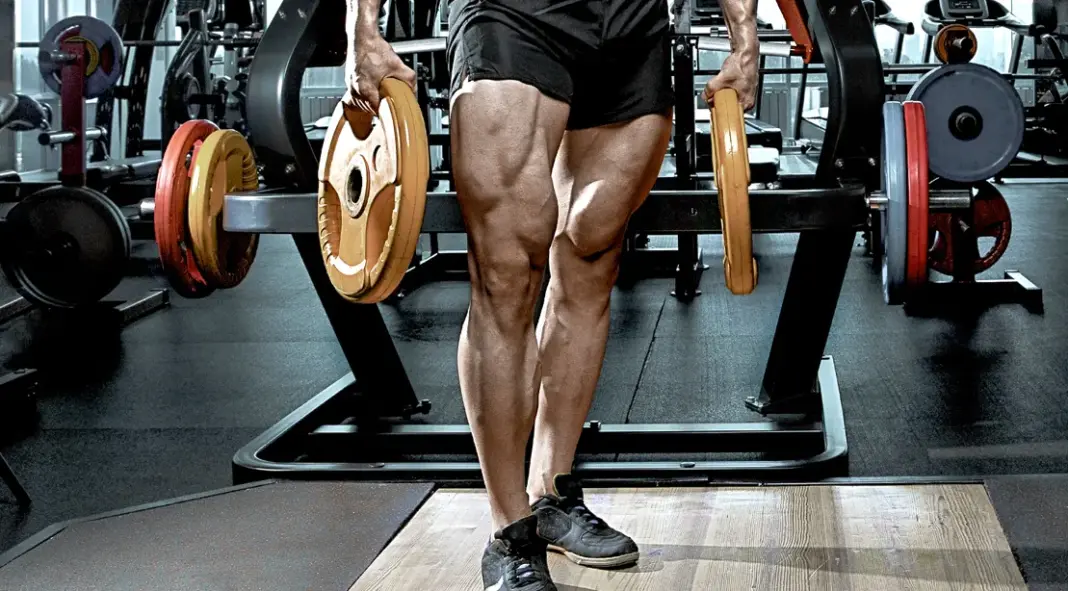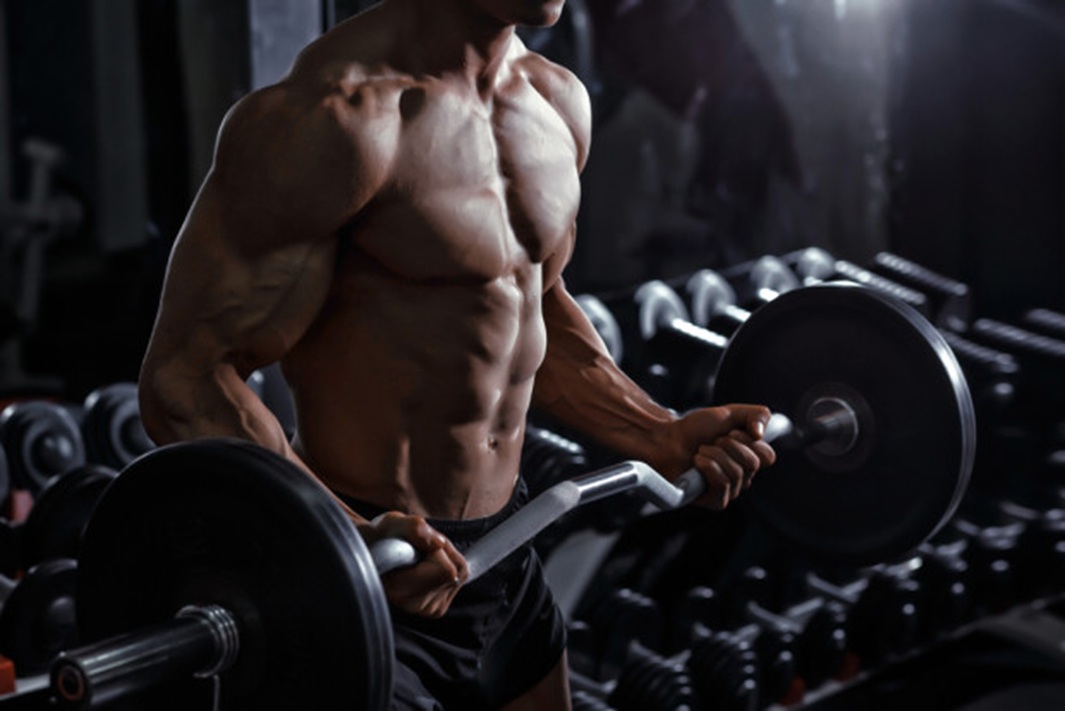Training Splits: The Best Way to Include Legs for Size, Strength, and Symmetry
If you’ve been lifting for a while, you know that leg day is often either loved or avoided. Some lifters hit it hard, others skip it entirely — and most aren’t training legs as optimally as they could.
But if your goal is a balanced, powerful physique, you can’t ignore legs. Big arms, a wide back, and capped delts mean very little if they’re riding on underdeveloped quads and hamstrings. Legs don’t just add mass — they complete your frame.
So how do you build legs intelligently into your training split? This guide breaks down exactly how to program leg training for maximum hypertrophy, recovery, and progress, no matter your experience level.
Why Leg Training Deserves Priority — Not Just a Day
Legs make up over 50% of your total muscle mass, and training them stimulates a systemic anabolic response that can drive growth across your entire body. That’s especially true with compound lifts like squats, RDLs, and lunges, which tax multiple muscle groups and demand total-body coordination.
But here’s the problem: many lifters treat legs as an afterthought. One hard day a week — if that — and then back to curls and bench.
To grow serious size, you need to prioritize leg volume, frequency, and recovery in your training split. That doesn’t mean crushing your legs to the point of needing a wheelchair every Monday — it means training them smart, with the right frequency and intensity throughout the week.
Understanding the Major Leg Muscles
To train legs properly, you first need to understand what you’re training:
- Quads (Vastus Lateralis, Vastus Medialis, Rectus Femoris, Vastus Intermedius): Primary knee extensors, activated in squats, lunges, leg extensions, etc.
- Hamstrings (Biceps Femoris, Semitendinosus, Semimembranosus): Hip extensors and knee flexors. Hit with RDLs, leg curls, glute-ham raises.
- Glutes (Maximus, Medius, Minimus): Primary hip extensors. Heavy compound lifts and hip thrusts target these.
- Adductors: Important for stability and hip function — activated in squats and side-to-side movements.
- Calves (Gastrocnemius, Soleus): Often neglected, but crucial for full lower body aesthetics and function.
A balanced leg training split should address all these areas — not just squats and leg press.
The Big Question: How Often Should You Train Legs?
Beginners:
1x/week is enough for learning technique and recovering between sessions.
Intermediate Lifters:
2x/week is ideal for maximizing hypertrophy — typically split into quad-dominant and hamstring-dominant days.
Advanced Lifters / Bodybuilders:
Up to 3x/week with intelligent programming. For example:
- Day 1: Heavy quads + glutes
- Day 2: Hamstring and glute focus
- Day 3: Volume-based or machine-only session (recovery emphasis)
Best Training Splits to Include Legs
Here are some of the most effective training splits that prioritize leg growth without compromising upper body development.
Push/Pull/Legs (PPL) – 6 Days/Week
Best for: Intermediate lifters with time to train often
Structure:
- Day 1: Push (Chest/Shoulders/Triceps)
- Day 2: Pull (Back/Biceps)
- Day 3: Legs (Quads/Hams/Glutes)
- Repeat
Why it works: Legs get their own day. You can go hard on compounds like squats and RDLs without fatiguing other muscle groups.
Tip: Use one leg day for quad focus (hack squat, leg press) and one for posterior chain (RDLs, leg curls, glute work).
Upper/Lower Split – 4 Days/Week
Best for: Lifters balancing training with a busy lifestyle
Structure:
- Day 1: Upper
- Day 2: Lower
- Day 3: Rest
- Day 4: Upper
- Day 5: Lower
Why it works: Two lower-body sessions a week — excellent frequency for growth and recovery. Great for balancing training volume across the whole body.
Tip: Use heavier lifts on the first leg day and isolation/machine work on the second for joint-friendly volume.
Bro Split with Added Frequency – 5 Days/Week
Best for: Bodybuilders focused on hypertrophy
Structure:
- Day 1: Chest
- Day 2: Back
- Day 3: Legs
- Day 4: Shoulders
- Day 5: Arms
- (Optional Day 6: Leg Volume Day or Weak Point Work)
Why it works: It allows for high volume per session and targeted muscle group focus. Add a second leg session for more growth.
Tip: Use Day 3 for heavy barbell movements; add Day 6 for lighter machines, single-leg work, or even calves and adductors.
Full Body 3x/Week
Best for: Beginners or busy lifters
Structure:
- Day 1: Full Body (Squat/Press/Row)
- Day 2: Full Body (Lunge/Bench/Pull-up)
- Day 3: Full Body (RDL/Shoulder Press/Curl)
Why it works: High frequency, low per-session volume. Great for building habits and joint health while touching each muscle multiple times a week.
Tip: Always include a quad-dominant and a posterior-dominant lift in each workout.
Programming Strategies for Leg Growth
Balance Quads and Hamstrings
Too many programs overemphasize squats and leg press and undertrain the posterior chain. A good rule of thumb: for every quad-dominant movement, include a hip hinge or hamstring curl.
Example Quad/Ham Pairings:
- Back Squat + RDL
- Hack Squat + Lying Leg Curl
- Walking Lunge + Glute-Ham Raise
Use Both Bilateral and Unilateral Movements
- Bilateral (Squat, Leg Press): Max strength and overload
- Unilateral (Split Squats, Step-ups): Balance, stability, and glute/quad isolation
Unilateral training also addresses asymmetries — crucial for aesthetic balance and injury prevention.
Vary Rep Ranges
- Heavy compounds (4–8 reps): Strength and deep mechanical tension
- Moderate (8–12 reps): Hypertrophy sweet spot
- High rep isolation (12–20+ reps): Metabolic stress and blood flow
Legs respond well to a variety of stimuli, so use multiple rep ranges across the week.
Mind-Muscle Connection and Tempo
Especially with quads and hamstrings, you can’t just move weight. You need to control the eccentric, pause at stretch points, and focus on contraction.
Use cues like:
- “Drive knees forward to bias quads”
- “Push hips back to load hamstrings”
- “Squeeze through heels, not toes”
Common Mistakes in Leg Programming
- Only training legs once a week
- Frequency matters. Twice a week gives better growth and recovery.
- Skipping isolation work
- Don’t just squat and call it a day. Use leg curls, extensions, and machine work to target specific areas.
- No progressive overload
- Add weight, reps, sets, or tempo manipulation every week.
- Training quads but not hamstrings
- Imbalances lead to poor aesthetics and injury risk.
- Not recovering properly
- Hard leg training demands quality sleep, food, and rest. If your recovery sucks, so will your gains.
Practical Takeaways
Here’s how to immediately improve your leg programming:
✅ Train legs at least twice a week if you’re intermediate or advanced
✅ Use a split that fits your schedule and recovery ability — don’t copy pros blindly
✅ Include at least 1 quad- and 1 hamstring-focused movement each session
✅ Vary rep ranges and lift types (compound, isolation, unilateral)
✅ Track progress — and don’t fear repeating workouts if they’re working
Final Word: Train Legs Like They Matter — Because They Do
If you’re serious about building a complete physique, legs can’t be optional. They’re not just a checkpoint on the training calendar — they’re a critical component of overall development, strength, symmetry, and health.
Whether you follow a push/pull/legs split, an upper/lower system, or a bro split, the best training program is the one that includes legs strategically, trains them frequently, and allows them to recover and grow.
Leg training isn’t easy — but it is worth it.
So choose your split, dial in your execution, and build legs that carry your physique — and your strength — to the next level.






